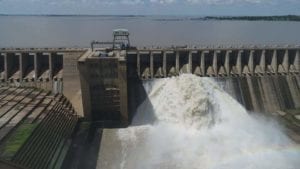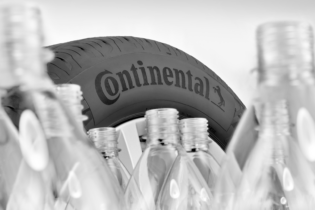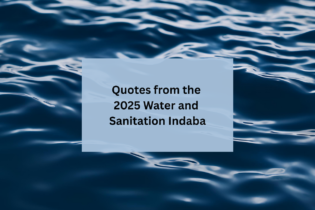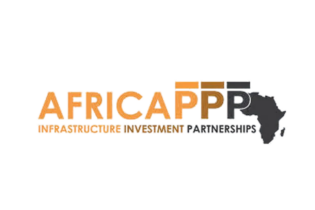There’s good news for South Africans this World Water Monitoring Day (September 18) – SANBWA continues to prioritise the protection of the country’s water sources.
The primary objective of World Water Monitoring Day is to educate and involve citizens in the protection of the world’s water resources. SANBWA (or South African National Bottled Water Association) published its 4th version of its world-leading Bottled Water Standard earlier this year, and in it again demands the highest standards of its members. The 1st version of the Standard was published over 21 years ago after SANBWA was formed in 1997 and its 3rd version was the first worldwide to include requirements for water source control and environmental stewardship. A single standard covering legal, hygiene, food safety, and quality, and environmental requirements, the SANBWA Bottled Water Standard continues to benchmark favorably against international standards and is fully auditable so that a single audit can ensure that all legal and food safety requirements have been met thereby protecting the bottler and enabling it to prove due diligence. Its commitment to environmental stewardship includes many measures to ensure source sustainability and protection, water usage minimisation, energy efficiency, solid waste minimisation, and support for post-consumer recycling initiatives. “When it comes to source water protection before a bottler is accepted as a SANBWA member, it must provide an independent hydrogeological and vulnerability report, which comprises 12 minimum requirements.“The purpose of this report is to detail the physiography, geology, and hydrogeology of the resource; the quantity of water available; the water quality, both chemical and microbiological, and vulnerability of the water resource to contamination as well as the location of known possible contamination points,” said SANBWA CEO Charlotte Metcalf.
According to Metcalf, sustainability is also ensured by the requirement that water extraction volumes shall be monitored and shall not exceed the volumes and conditions set out in the water license granted by the issuing authority. Monitoring water usage also allows the bottling facility to determine the efficiency of water use with a water usage ratio calculated monthly, recorded, monitored, and reported at management reviews. The Standard also requires management to establish, evaluate and review targets and strategies to minimise water usage. Metcalf said that the bottled water production of its members in South Africa is an extremely water-efficient business in that it takes only 1,7 litres of water to make 1 litre of bottled water. “The SANBWA measurement is a simple measurement. Water from the borehole or spring coming into the bottling plant is measured with a water meter. The water used from a municipal source is also measured and included in the ‘water coming in’ total. This would include all water used for washing trucks, flushing the toilet and making coffee. “The number of litres of bottled water leaving the plant is also on record. The average ratio between the two – ‘water sold’ to ‘water coming in’ is one litre sold for every 1,7 litres coming in to the plant, or 1:1,7. This ratio is the average of its members only, and there are member plants that achieve ratios of as low as 1:1,3 – 1:1,4 by recycling their bottle rinse water. “The SANBWA logo acts as a seal of quality and guarantees to the consumers the safety and sustainability of the water source. If the brand of bottled water you are buying doesn’t display the logo, ask yourself ‘why not?’,” she said.







